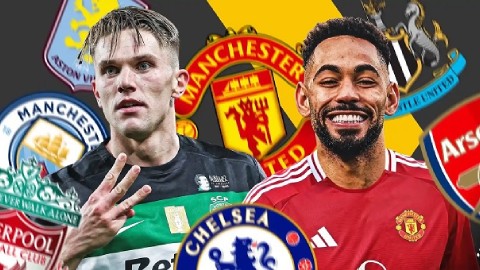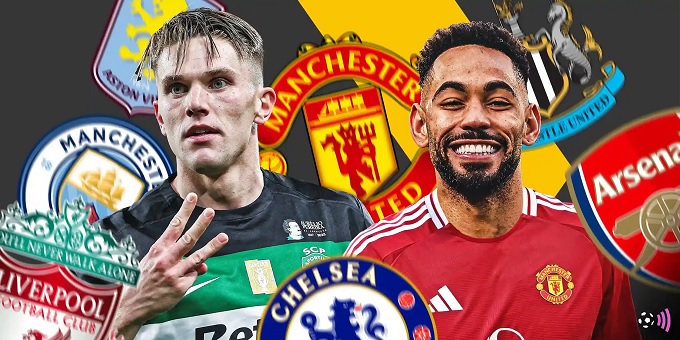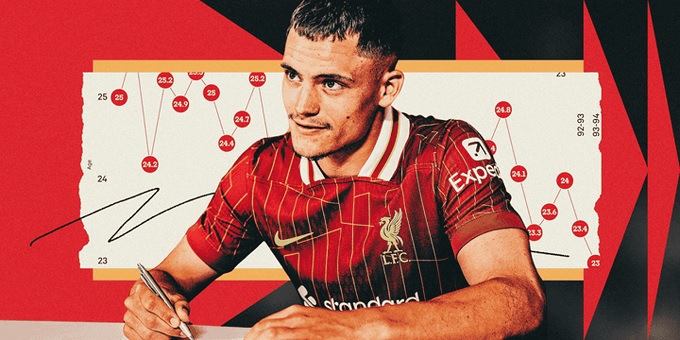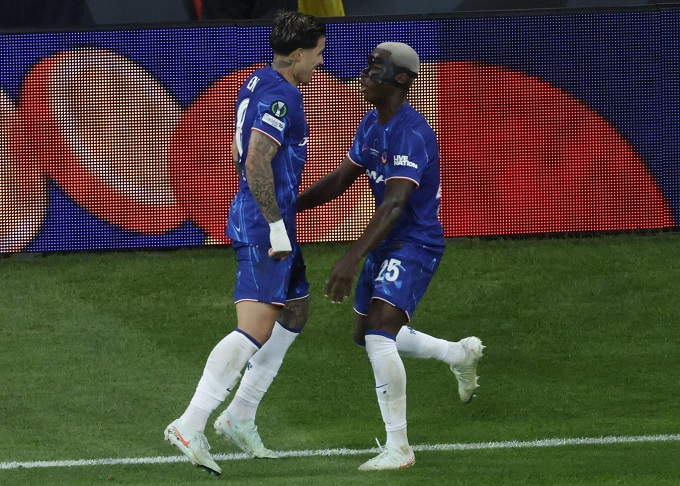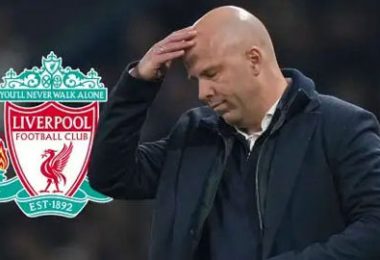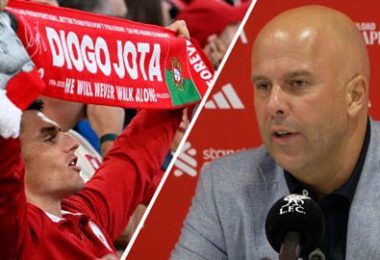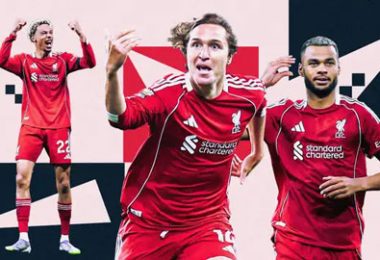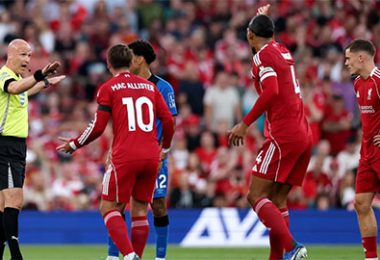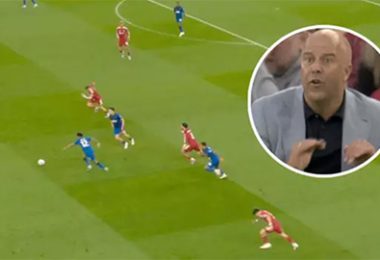In any situation, 27 years old cannot be considered old. But football is rarely following the usual concepts, and the 27 -year -old blockbuster blockbuster for Viktor Gyokeres is an exception “old” case, when the rest of the market is pouring resources into younger talents.
The fact that Liverpool recruited Florian Wirtz from Bayer Leverkusen this summer made him the third player under the 22 -year -old was signed by a Premier League club with a minimum price of £ 100 million in the past four seasons, along with Moics Caicedo and Enzo Fernandez of Chelsea.
Young talents are obviously in high demand since the early 2020s, but how much of the Premier League clubs have changed their recruitment to attract bright “prodigy”?
A common way to measure this is to take the average age of new contracts, but this cannot fully grasp the nuances of building a modern squad. Clubs often recruit a series of cheap contracts to fill gaps rather than creating the foundation of a team.
When Arsenal paid Chelsea 5 million pounds for goalkeeper Kepa Arrizabalaga, it was to reserve David Raya – a role that was reflected in a modest fee.
Instead, The Athletic has calculated the average age by grinning the age of a contract according to their fees. The more expensive the player is, the more important. This reduces the impact of temporary options and reflects the club's recruitment priority more accurately.
The results of the market level confirmed how to support young people. The average age of weight has dropped to less than 23 times in the Premier League history last season, and the initial signs from the summer transfer window 2025/26 show that the trend continued.
Any approach based on the transfer fee is definitely favoring the clubs. According to the estimate of Transfermarkt, Chelsea has spent £ 865 million for players from 21 years old since Blueco took over in May 2022, £ 400 million more than the next large spending team, Man City (343 million pounds).
And in history, stronger clubs tend to buy and sell younger players than the rest of the tournament. Premier League champions lead this trend and recruit the youngest players – usually about 23 years old – use their strengths to refresh and develop for the target of protecting the title.
At the end of the rankings, teams are at risk of relegation without similar luxury in long -term planning. With the priority of being relegation, they tend to prefer experience, sign contracts with average players about 2 years older than those who are recruited by top clubs.
But the context is changing. In his “Leading” book, Sir Alex Ferguson wrote about the double benefits of rejuvenating the squad: “The focus on our young people has brought two things – the talent for the one team and a very beneficial auxiliary business”.
In the last decade under Sir Alex's dynasty, MU of the average age with the youngest transfer of the tournament (23), followed by other financial giants of the same time: Liverpool, Chelsea, Arsenal and Tottenham.
Since then, the records of clubs have focused on recruiting young players compared to their budget has changed significantly. It is no longer the privilege of the upper class. Instead, Brighton and Brentford – clubs shaped by the principle of data priority – emerged as the leading trend teams.
While Sir Alex was right when emphasizing the financial benefits of signing the contract with young players and selling them, MU and other big clubs at that time mainly bought young talents with the intention of holding them at an elite level for many years to come.
In contrast, Brighton and Brentford are much more active in their children's buying and expensive buying models, with an average age with a younger transfer weight than a year than MU in the last decade of Sir Alex.
Without a huge source of commercial revenue like “Big Six”, both clubs have depended a lot on trading players to re -invest in their development. The former co -director of Brentford's football, Rasmus Ankersen – currently in Southampton – has sketched this philosophy in 2017: “You want to try to sign contracts with players who are at the peak or on the way to the peak, rather than a decreased property.” The former coach of both clubs, Roberto de Zerbi in Brighton and Thomas Frank in Brentford, once described his team as “players selling players”.

